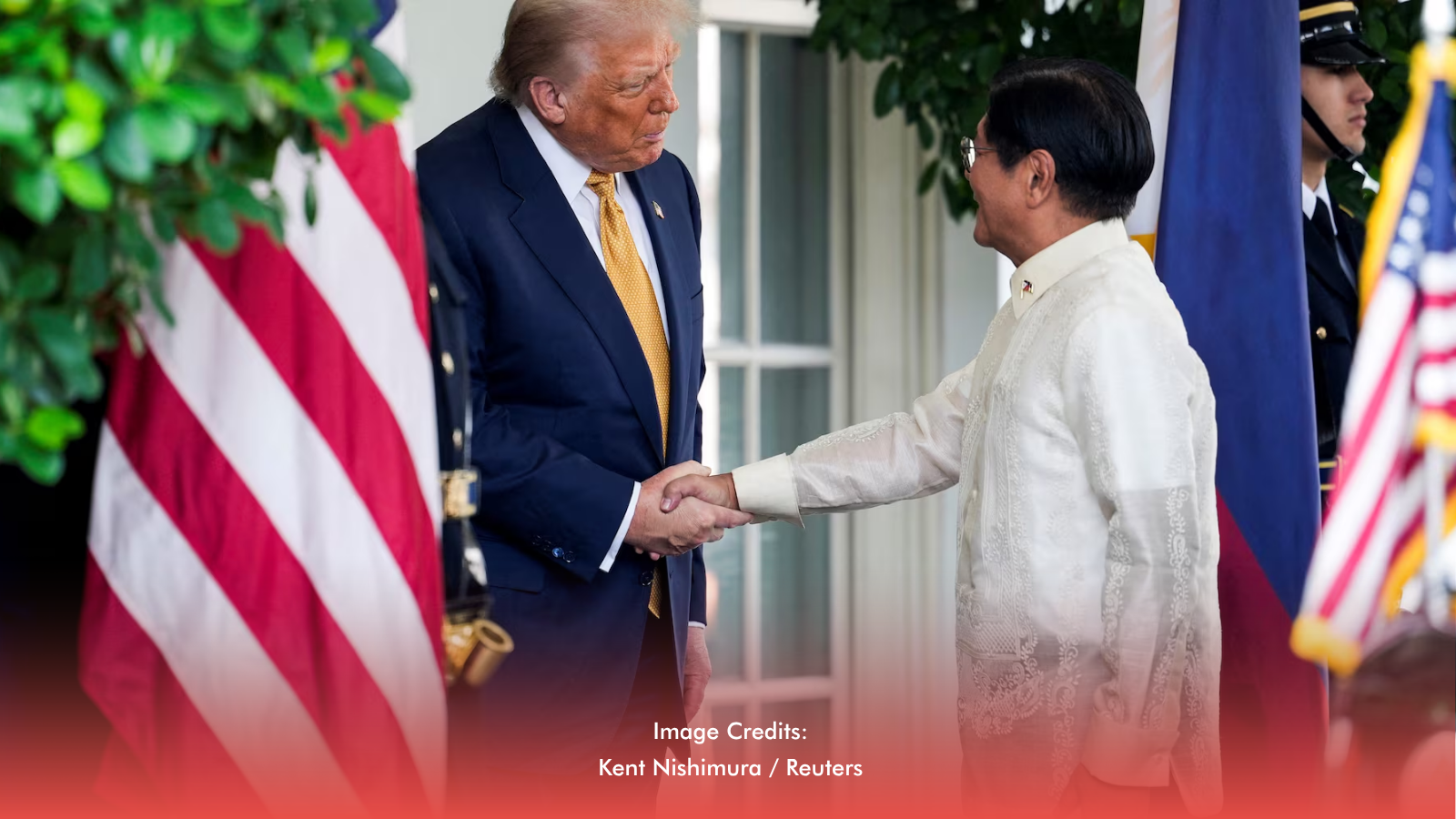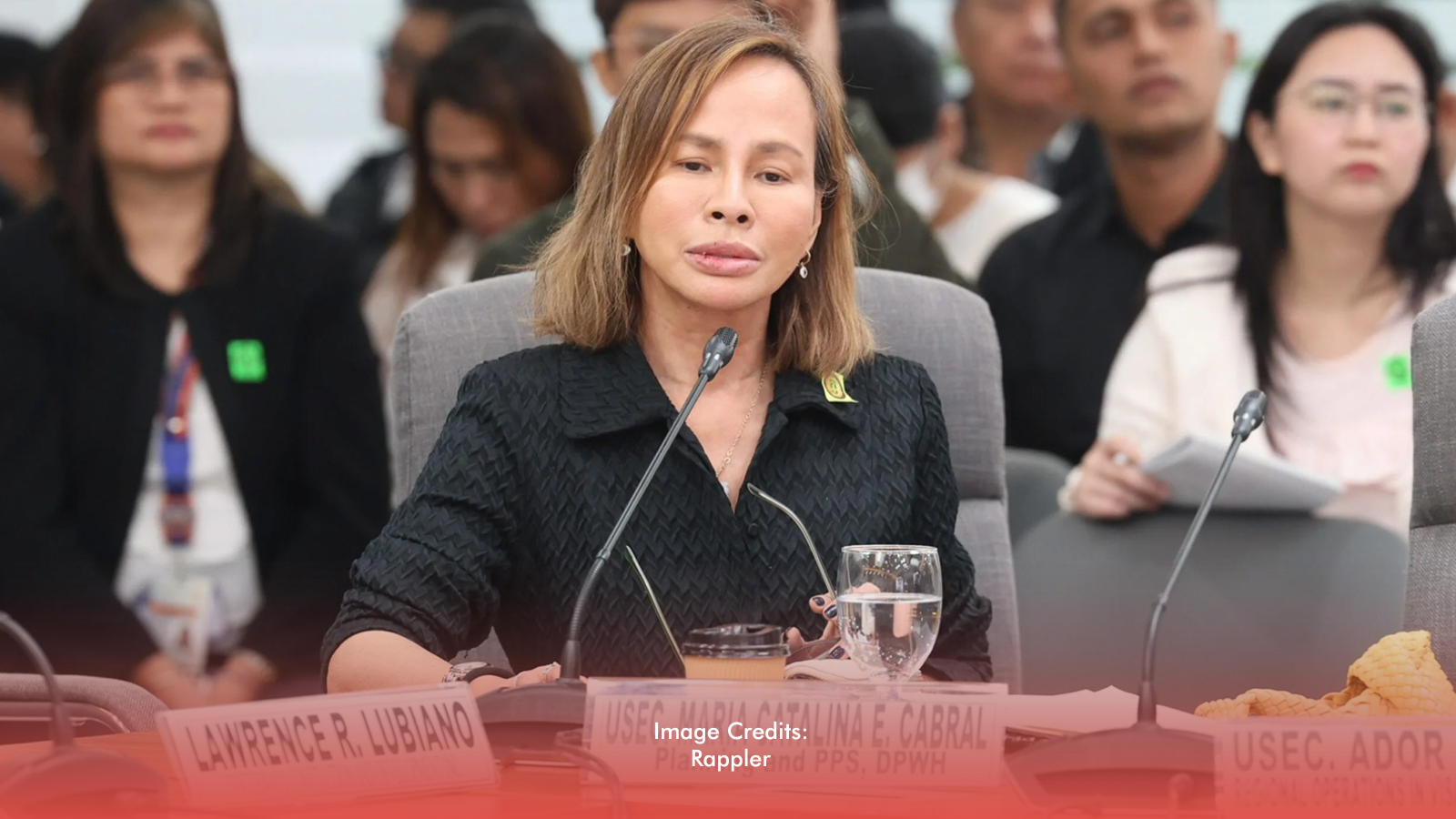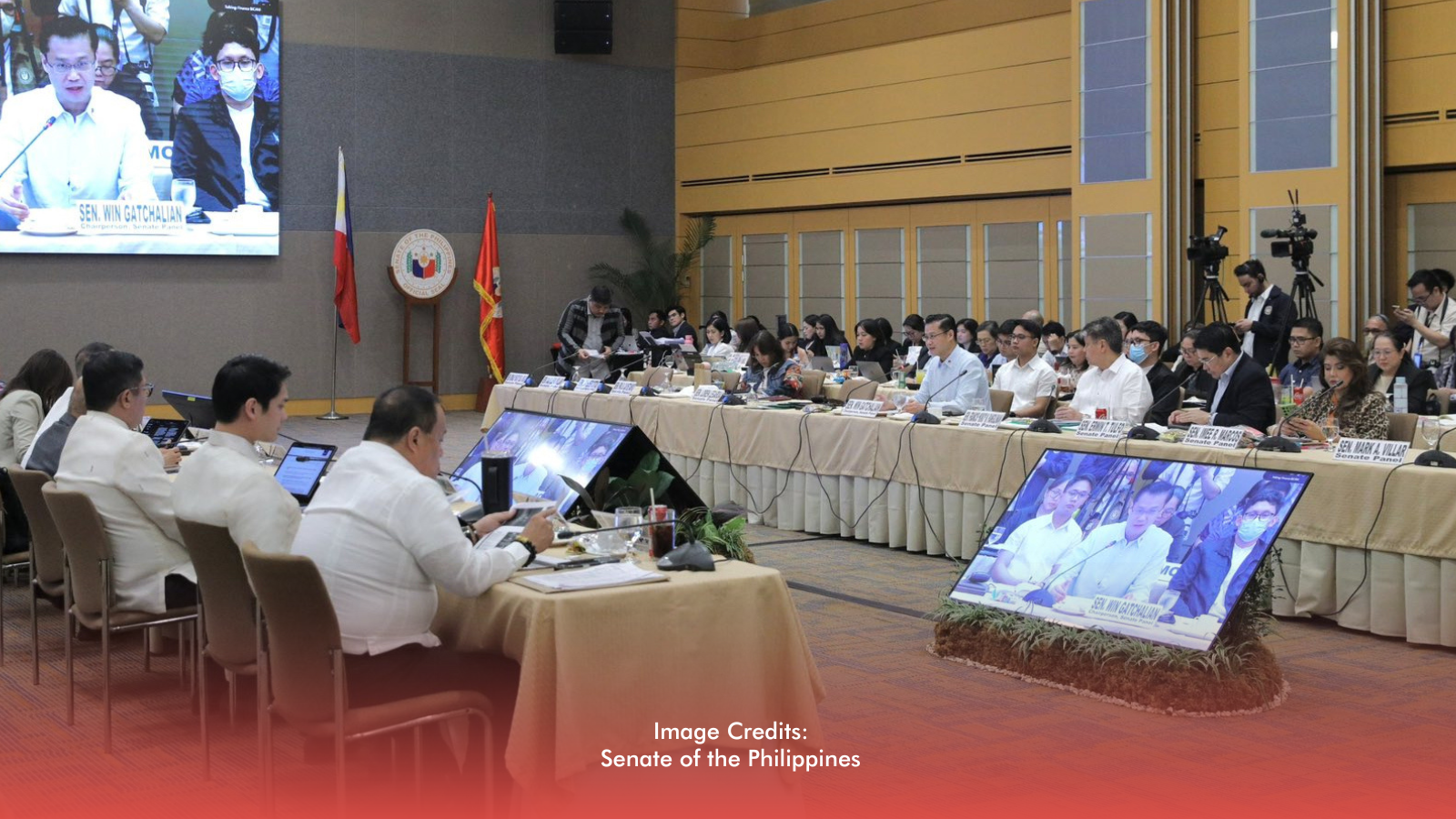U.S. President Donald Trump on Tuesday, July 22, announced a new 19% tariff on Philippine goods following a White House meeting with President Ferdinand Marcos Jr. Trump, calling the meeting a “beautiful visit,” said the Philippines would grant zero tariffs to select U.S. goods, while its own exports to the U.S. would face increased duties—from 17% in April to 19% under the new deal.
Trump described Marcos as a “very good and tough negotiator,” and hailed the agreement as a success. Marcos, for his part, called the outcome a “significant achievement,” arguing that the 1% reduction from an earlier proposed 20% tariff rate carries economic weight. However, he clarified that the zero tariff would apply only to certain U.S. products.
Limited Gains and Unbalanced Terms
To help narrow the trade imbalance, Marcos said the Philippines would increase imports from the U.S., particularly in sectors the U.S. had identified—automobiles, soy, wheat products, and medicines. The Philippine government also agreed to remove tariffs on U.S. car imports.
Despite these gestures, many analysts and observers remain cautious. The deal, like other recent US arrangements with countries such as Vietnam and Indonesia, lacks clear details. Gregory Poling, a Southeast Asia expert at the Center for Strategic and International Studies, said it was “too early to say much,” but noted the Philippine government was likely focused on maintaining regional competitiveness.
Trump’s broader tariff agenda—already imposing a 10% rate on nearly all U.S. trading partners, with more hikes scheduled for August—has drawn concern over potential price increases and uncertain long-term impacts on global trade.
Strategic Realignment but Lingering Questions
Trump also hinted at stronger military ties with the Philippines, though he provided no specifics. “They’re a very important nation militarily,” he said, adding that the Philippines had shifted away from China following his return to office.
Marcos echoed the importance of the U.S. as Manila’s “strongest, closest, most reliable ally” and stressed that economic strength was essential for the Philippines to be a robust partner in the Indo-Pacific region.
Still, the overall reception to the trade deal has been mixed. Some Philippine officials framed it as a “mutually beneficial” agreement, but others warned it offered little clarity or immediate benefit.








